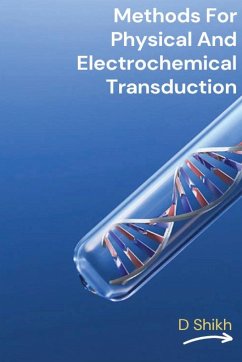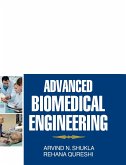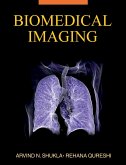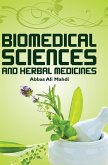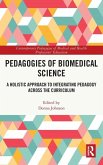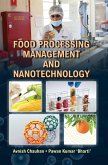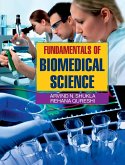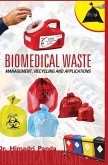Over the past few decades, there has been a particular interest in the topic of nanotechnology due to the technological improvements occurring in all areas of life. Novel nanomaterials that can be applied to fuel cells, medication delivery, biosensing, environmental sensing, soil analysis, and other fields have made significant strides in their synthesis. The medical field has been greatly impacted by the rise in portable biosensing equipment, such as glucometers, blood test kits, and ready-to-use quick antigen test kits. Fundamental to these devices, biosensors are widely used to identify disease-specific biomarkers that aid in the early identification of life-threatening illnesses. In order to replace the traditional heavy-duty diagnostic methods that need specialized experts and vast amounts of equipment, this book has focused on the creation of cutting-edge biosensing platforms. In this book, the author investigated the electrochemical potential of two-dimensional materials, graphene oxide (GO) and molybdenum disulfide (MoS2), in combination with AuNPs and CeO2 nanoparticles that show catalytic qualities as reliable, stable, sensitive, repeatable, and selective transducer matrices that can identify significant clinical biomarkers.
Bitte wählen Sie Ihr Anliegen aus.
Rechnungen
Retourenschein anfordern
Bestellstatus
Storno

